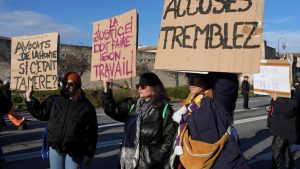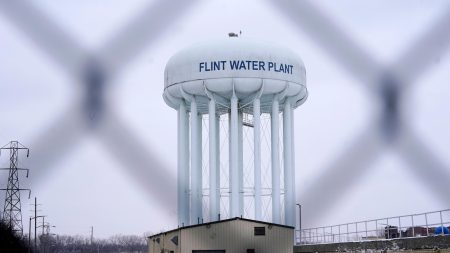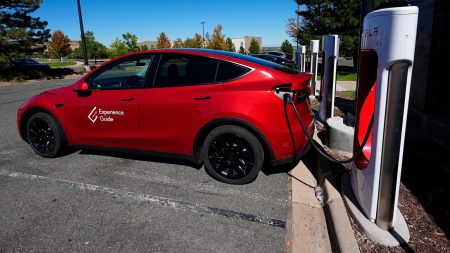Conflict Over Renewable Energy in La Guajira: A Complex Interplay of Progress and Preservation
Introduction: The Setting and the Stakeholders
In the arid, windswept region of La Guajira, Colombia, a significant conflict is unfolding between the push for renewable energy and the preservation of Indigenous culture. The Wayuu community, native to this area, holds a deep spiritual connection to the land, including sacred sites such as ancestral cemeteries. The Colombian government and international companies are eager to harness the region’s wind resources to advance renewable energy goals, but this initiative is met with resistance from the Wayuu, who fear cultural and environmental degradation.
The Core of the Conflict: Consultation and Cultural Impact
At the heart of the issue is the lack of satisfactory consultation with the Wayuu community, despite legal frameworks like Colombia’s 1991 Constitution and international agreements that mandate Indigenous participation. Projects such as the La Guajira 1 wind farm have proceeded despite opposition, leading to significant tension. The Wayuu are concerned about the desecration of sacred sites and the disruption of their spiritual practices, emphasizing that their culture is deeply intertwined with the land.
Economic and Internal Divisions
Economic factors further complicate the situation. La Guajira, one of Colombia’s poorest regions, stands to gain from the jobs and infrastructure that renewable energy projects could bring. Some within the Wayuu community see these projects as an economic lifeline, while others remain skeptical, arguing that the compensation offered is inadequate compared to the cultural costs. This divide reflects broader internal tensions within the community regarding development versus preservation.
Impending Economic Shifts and Environmental Concerns
The region is also home to the Cerrejon coal mine, a major employer set to close soon, exacerbating economic vulnerabilities. Renewable energy projects offer a potential solution, but they also pose environmental risks. The construction of wind farms could disrupt ecosystems, and the Wayuu fear the impact on their traditional livelihoods, particularly fishing, which is both a means of sustenance and a cultural practice.
The Broader Implications and the Path Forward
Colombia’s ambition to lead in wind and solar energy is commendable, yet it must navigate the complexities of balancing economic growth with Indigenous rights. The conflict in La Guajira underscores the global challenge of energy transitions that respect local populations. The resolution lies in ensuring genuine consultation and collaboration, where the voices of the Wayuu are integral to decision-making, fostering a balance that honors both progress and preservation.
Conclusion: The Challenge of Balance
The situation in La Guajira highlights the intricate dance between renewable energy development and the protection of Indigenous heritage. While economic benefits and environmental goals are crucial, they must not overshadow the rights and cultural essence of the Wayuu. The path forward requires a committed effort to integrate Indigenous perspectives, ensuring that progress is inclusive and sustainable for all stakeholders involved.















